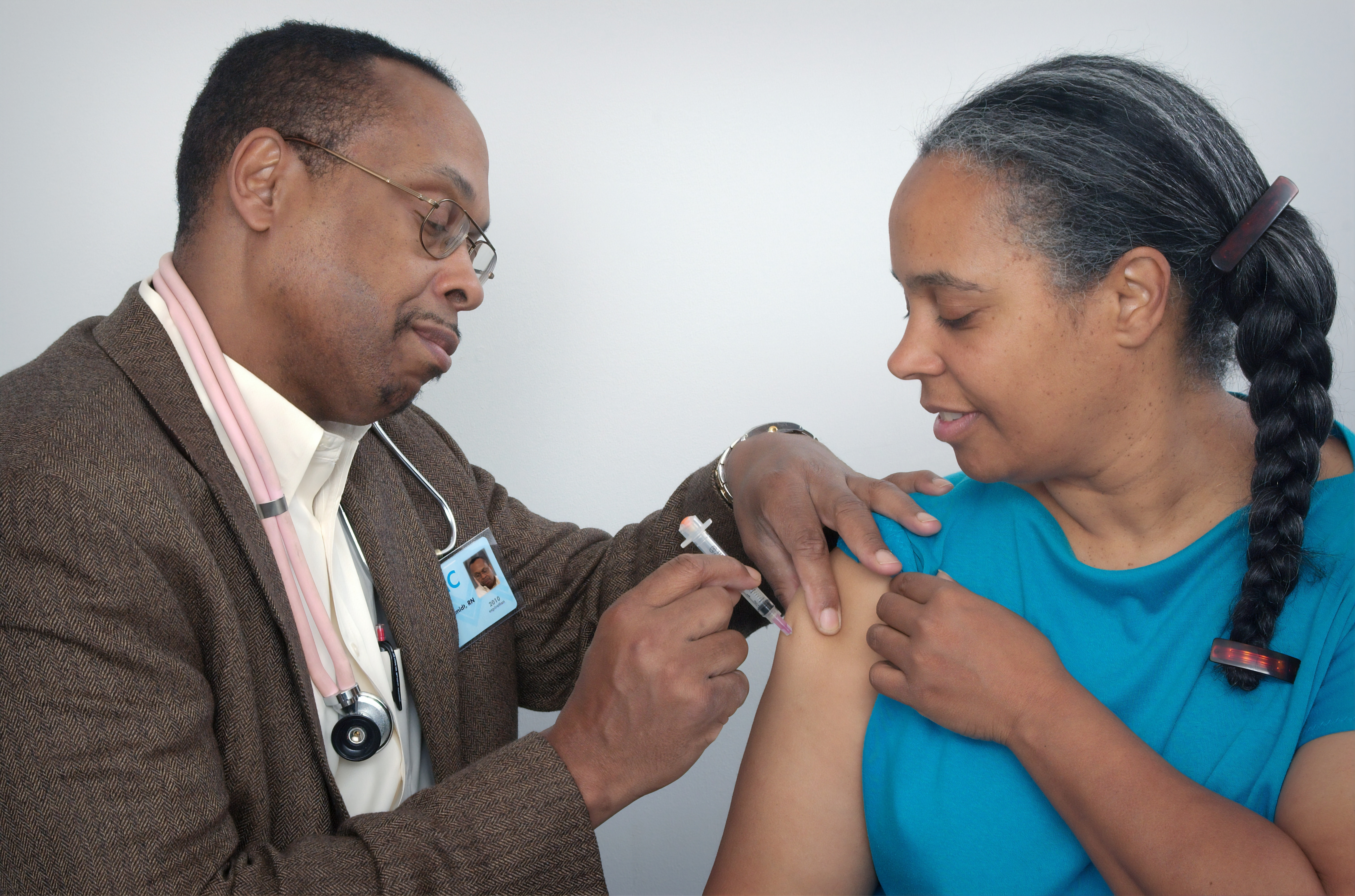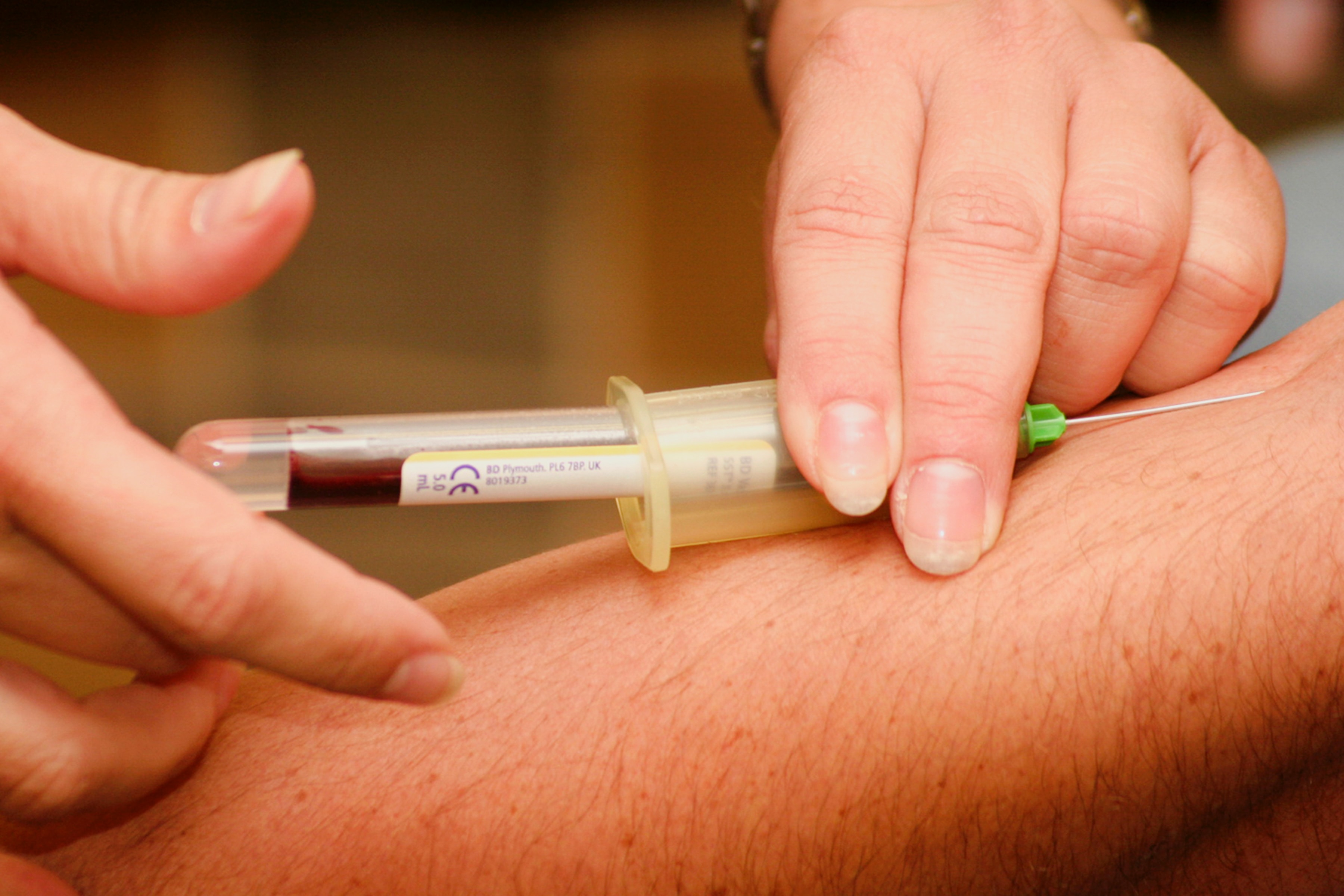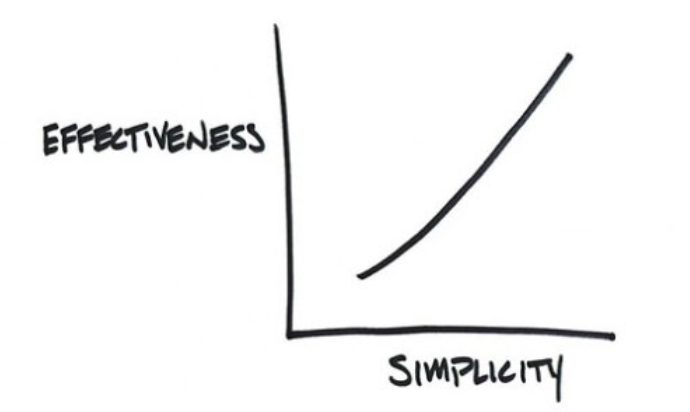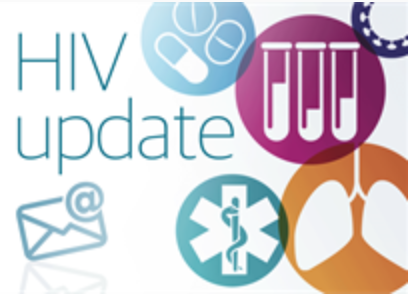Pacific AIDS Education & Training Center
By the end of this training, you'll be able to:
- Review the neurobiology, medical consequences, and epidemiology of cocaine and methamphetamine use and discuss at least two (2) ways that cocaine or methamphetamine use can lead to increased HIV risk.
- Explain the key concepts of at least three (3) effective behavioral interventions and risk reduction strategies for cocaine and methamphetamine use disorders.
- Discuss the nature of the opioid epidemic, specifically where the drugs are coming from, who is using them, and the impact on the healthcare system.
- Describe the history of opioid treatment and the FDA-approved medications for the treatment of opioid use disorder, including naltrexone, buprenorphine, and methadone.

By the end of this training, you'll be able to:
- Review the neurobiology, medical consequences, and epidemiology of heroin use.
- Explain why and how heroin use increases a user’s risk of being exposed to HIV.
- Discuss the key concepts of at least three effective behavioral interventions and three medical interventions for heroin addiction.

By the end of this training, you'll be able to:
- Explain Why To Test For HIV.
- Know About Initiating Treatment.
- Appreciate Basic Clinical Maintenance.
- Have Knowledge Of Hepatitis C Key Points.

By the end of this training, you'll be able to:
- Understand HIV Epidemiology Nationally & Locally.
- Identify unique clinical and psychosocial needs of older adults living with HIV.
- Discuss the most prevalent comorbid conditions faced by older adults living with HIV.

By the end of this training, you'll be able to:
- Compare the relative merits of different FDA-approved HIV tests for different circumstances.
- Describe how new HIV and HCV tests fit in the current testing recommendations.
- Recognize the increasing role that RNA tests play in HIV and HCV diagnosis.

By the end of this training, you'll be able to:
- Describe antiretroviral classes and mechanisms of action
- Discuss ARV drug toxicity, side effects, and drug interactions
- Understand which ARV regimens are preferred for use in newly-diagnosed individuals

By the end of this training, you'll be able to:
- Articulate the core principles of housing first.
- Differentiate between a housing first and traditional approach to homelessness.
- Identify opportunities to promote person-centered care for persons experiencing homelessness.

By the end of this training, you'll be able to:
- Identify at least two factors of intersectionality that maintain inequality of access to services and treatment of HIV/AIDS.
- Describe the use of at least two strategies to facilitate retention in treatment for people living with HIV/AIDS.
- Discuss one possible action for each of the three stigma reduction strategy categories.

By the end of this training, you'll be able to:
- Discuss recent updates and trends in PrEP research.
- Understand the current epidemiological trends of HIV/AIDS among Black MSM.
- Discuss the results and implications of the recently released HPTN 073, Black MSM PrEP study.
- Understand the need for theory-based culturally tailored PrEP programs for Black MSM.

By the end of this training, you'll be able to:
- Discuss how to make a HIV clinic a safer space
- Ensure clients remain in HIV care
- Reduce anxieties of impacted client populations
- Utilize fact sheets and other referral resources to empower clients to know their rights, and stay in care

By the end of this training, you'll be able to:
- Describe the effect of substance use disorder on brain functioning
- Identify at least two neurotoxic effects of HIV on the brain.

By the end of this training, you'll be able to:
- Describe antiretroviral classes and mechanisms of action
- Discuss ARV drug toxicity, side effects, and drug interactions
- Understand which ARV regimens are preferred for use in newly-diagnosed individuals

By the end of this training, you'll be able to:
- Be familiar with the STDs and how they intersect with HIV
- Understand rising STD rates and potential contributors
- Be able to name three strategies the public health department is using to address rising STDs

By the end of this training, you'll be able to:
- Describe the background and rationale for conducting SBIRT in HIV care and other health settings.
- Explain how to utilize screening procedures to identify patients engaged in at-risk substance use behaviors.
- Demonstrate a three-step motivational interviewing-based brief intervention strategy to motivate patients to change their at-risk behavior and/or seek treatment.

By the end of this training, you'll be able to:
- Define several key terms related to substance use and HIV risk among older adults & review the epidemiology of substance use and HIV/AIDS in older adults
- Discuss the intersection of substance use and HIV/AIDS among older adults
- Explain the key concepts of at least three effective behavioral interventions for treating substance using older adults

By the end of this training, you'll be able to:
- Diagnose syphilis at various stages.
- Recognize the symptoms of syphilis infection at various stages.
- Manage syphilis and its complications.

By the end of this training, you'll be able to:
- Define the challenges of co-morbidities and how screening with the SAMISS can help identify HIV positive patients with co-existing mental health and/or substance abuse problems.
- Employ the SAMISS in demonstrations, role plays and exercises.
- Interpret SAMISS results and provide patients with tangible referrals to follow-up care and services.

By the end of this training, you'll be able to:
- Review the current epidemiological trends of HIV and PrEP use
- Discuss recent changes in recommended treatment options and strategies
- Discuss the characteristics of newly approved ART regimens.

By the end of this training, you'll be able to:
- Learn epidemiology and risk factors of HIV in cis women
- Understand barriers to care
- Review considerations regarding antiretroviral therapy
- Learn about cancer screening
- Provide a brief overview of HIV in setting of pregnancy and contraception

